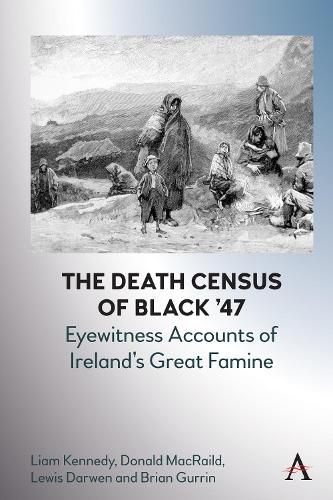Readings Newsletter
Become a Readings Member to make your shopping experience even easier.
Sign in or sign up for free!
You’re not far away from qualifying for FREE standard shipping within Australia
You’ve qualified for FREE standard shipping within Australia
The cart is loading…






The Great Irish Famine claimed the lives of one million people, mainly from the lower classes. More than a million others fled the stricken land between 1845 and 1851. In recent decades, its history has become the focus of considerable scholarly and popular attention, but much remains to be retrieved and reconstructed, particularly at the level of the rural poor. This book fills that gap. It is based on a large volume of reports on social conditions in the Irish localities, emanating from within those localities, that has never been used systematically by historians. It bears the compelling title of the ‘Death Census’. Most historians are simply unaware of its existence. The outstanding feature of the Death Census is that it was authored by local clergymen who lived among the people they served, and were intimately involved with their lives. This book brings the Death Census together in composite form for the first time, and provides a detailed examination of its contents. The result is a new understanding of the Great Famine as it was experienced on the ground.
$9.00 standard shipping within Australia
FREE standard shipping within Australia for orders over $100.00
Express & International shipping calculated at checkout
The Great Irish Famine claimed the lives of one million people, mainly from the lower classes. More than a million others fled the stricken land between 1845 and 1851. In recent decades, its history has become the focus of considerable scholarly and popular attention, but much remains to be retrieved and reconstructed, particularly at the level of the rural poor. This book fills that gap. It is based on a large volume of reports on social conditions in the Irish localities, emanating from within those localities, that has never been used systematically by historians. It bears the compelling title of the ‘Death Census’. Most historians are simply unaware of its existence. The outstanding feature of the Death Census is that it was authored by local clergymen who lived among the people they served, and were intimately involved with their lives. This book brings the Death Census together in composite form for the first time, and provides a detailed examination of its contents. The result is a new understanding of the Great Famine as it was experienced on the ground.